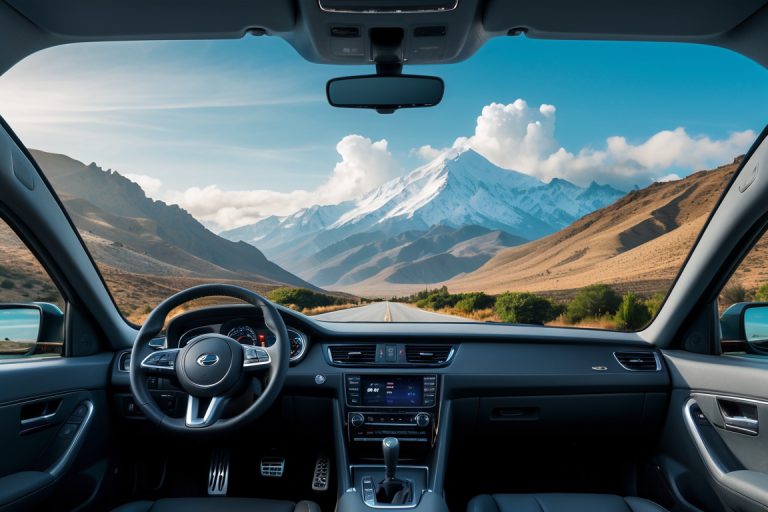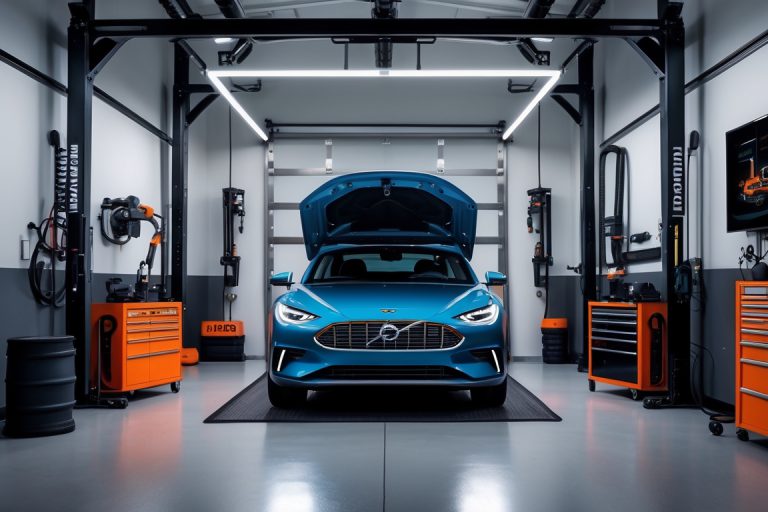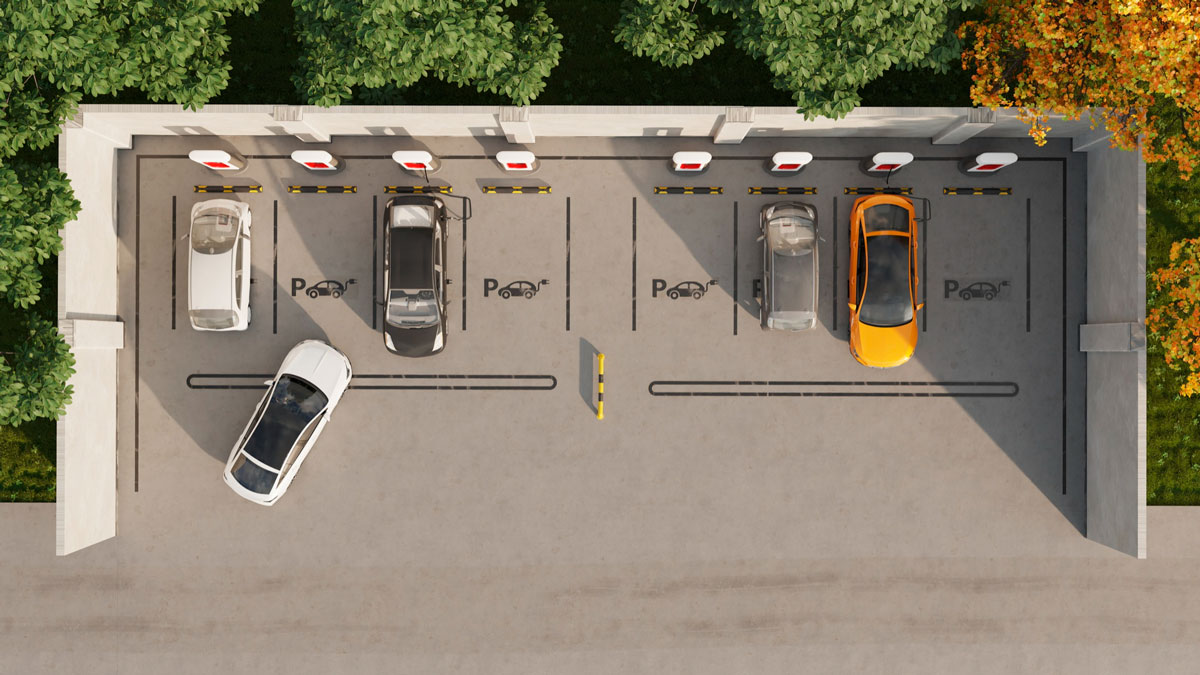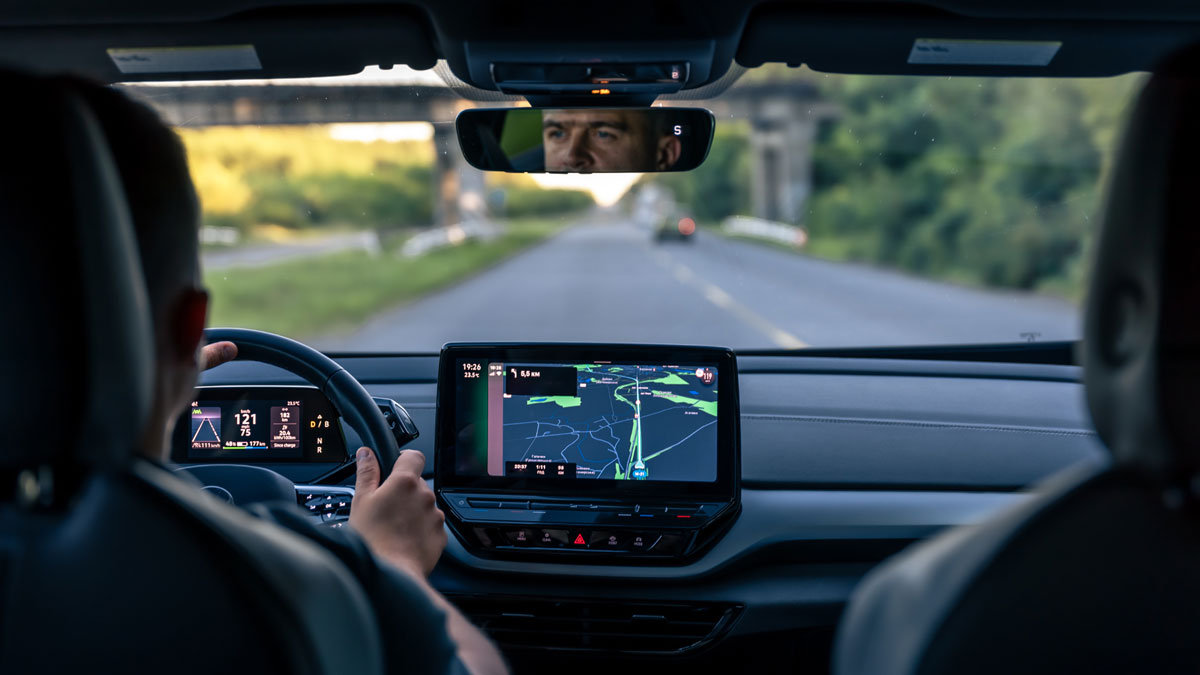In the ever-evolving world of automotive technology, augmented reality (AR) has emerged as a game-changer, promising to revolutionize the way we drive. As cars become more advanced, incorporating technologies that prioritize safety, ease of use, and efficiency, AR stands out as one of the most exciting innovations. By overlaying digital information on the physical world, AR has the potential to enhance driver safety and navigation, providing real-time, intuitive support on the road. Let’s explore how AR is transforming the driving experience and making our roads safer for everyone.
What is Augmented Reality in Driving?
Augmented reality, in its simplest form, is the integration of digital content—such as images, text, or data—into the real world, usually through a screen or head-up display (HUD). In the context of driving, AR technology is embedded into a vehicle’s system and projects essential information onto the windshield or onto a digital display. This allows the driver to receive vital information without needing to take their eyes off the road or divert their attention away from driving.
AR can provide a wide range of features, from navigation assistance to hazard alerts, making it an invaluable tool for improving driving safety and efficiency. Let’s delve into some of the key ways AR is enhancing the driving experience.
1. Advanced Navigation Assistance
One of the most prominent applications of AR in driving is in navigation systems. Traditional GPS devices or maps display a static route, but AR-powered navigation systems take things a step further by overlaying directional arrows, street names, and distance information directly onto the windshield or a heads-up display. This technology is often referred to as “augmented reality navigation” and is currently being implemented in many new cars, particularly high-end models.
By using AR for navigation, drivers can follow virtual paths or arrows that are superimposed onto the real-world view in front of them, making it easier to follow turns and street signs. This reduces the need for drivers to glance down at a separate navigation screen or phone, keeping their attention on the road and improving overall driving safety.
Additionally, AR can also highlight key landmarks or upcoming turns to make navigation more intuitive. For instance, if you’re approaching a complicated intersection, AR can show which lane to be in and provide visual cues on the next maneuver, helping you feel more confident when driving in unfamiliar areas.
2. Real-Time Hazard Detection
AR can also enhance driver safety by helping detect and warn of potential hazards in real time. Using cameras, sensors, and AI algorithms, AR systems can identify obstacles or dangerous conditions such as pedestrians, cyclists, or vehicles that are too close to the car.
For example, when driving at night or in low visibility conditions, AR can highlight pedestrians or animals on the road with bright outlines, allowing the driver to react quickly and avoid accidents. Similarly, the system can alert drivers about vehicles in their blind spots or signal if another car is approaching too quickly. This gives drivers the critical time they need to make decisions and take corrective actions.
This hazard detection feature is especially useful in urban areas, where sudden obstacles and unpredictable traffic conditions can lead to accidents. AR’s ability to alert drivers to these potential dangers in real-time makes it a key tool in preventing collisions.
3. Parking Assistance and Maneuvering
Parallel parking and tight maneuvering can be stressful, especially in crowded or unfamiliar areas. Augmented reality offers a solution by enhancing parking assistance systems with real-time visual overlays. Through a combination of cameras, sensors, and AR software, a display can show a live feed of the area around the car, with helpful guidance lines that suggest the optimal path for parking.
These systems can even highlight obstacles such as other vehicles, pedestrians, or walls, helping drivers avoid bumps and dents. Some AR systems go a step further, offering “360-degree views” of the vehicle’s surroundings, allowing drivers to park more easily in tight spaces.
For drivers struggling with parking in busy areas or narrow garages, this AR feature reduces anxiety, improves accuracy, and minimizes the risk of accidents.
4. Enhanced Driver Assistance Systems (ADAS)
Augmented reality also works seamlessly with advanced driver assistance systems (ADAS) to provide a more cohesive driving experience. ADAS includes features such as lane departure warning, adaptive cruise control, automatic emergency braking, and more. AR can work in tandem with these systems, providing additional layers of information and feedback.
For instance, when a car approaches a lane boundary, AR can highlight the lane with a red warning indicator to remind the driver to steer back into the center. Similarly, when adaptive cruise control is activated, AR can display the distance to the vehicle ahead on the HUD, allowing drivers to see their current speed relative to surrounding traffic.
These features are particularly useful for reducing driver fatigue and distractions, as AR makes it easier for drivers to process vital information without becoming overwhelmed.
5. Driving Mode Customization
In the near future, augmented reality may also allow drivers to customize their driving modes based on personal preferences. Imagine being able to adjust the HUD to display specific information relevant to your driving style, such as real-time speed, route optimization, or even performance metrics.
This customization would allow drivers to select the type of information they want to see in their field of vision, making the experience more intuitive and personalized. For example, a performance-oriented driver could have their car’s engine status or torque information displayed through the AR system, while a more safety-conscious driver might prioritize hazard warnings and navigation cues.
The Road Ahead: Challenges and Opportunities
While augmented reality has undoubtedly revolutionized driving technology, there are still challenges to address before it becomes ubiquitous. High-quality AR displays require advanced hardware and software integration, which can be costly and complex to implement. Moreover, ensuring that AR doesn’t overwhelm drivers with too much information is crucial to avoid distraction and maintain safety.
Despite these challenges, the future of AR in driving looks promising. As automakers and tech companies continue to innovate, we can expect to see even more advanced features and seamless integration of AR technology in everyday vehicles. In the coming years, AR could become a standard feature across a wide range of vehicles, from economy cars to luxury models.
Conclusion
Augmented reality is undoubtedly enhancing the safety, navigation, and overall driving experience for motorists worldwide. By providing real-time information in an intuitive and accessible manner, AR technology allows drivers to stay focused, make informed decisions, and avoid potential hazards. As AR technology continues to evolve, the future of driving looks safer, more efficient, and more connected than ever before. Whether you’re navigating through unfamiliar streets or simply parking your car, augmented reality is sure to play an essential role in making every journey smoother and more enjoyable.













